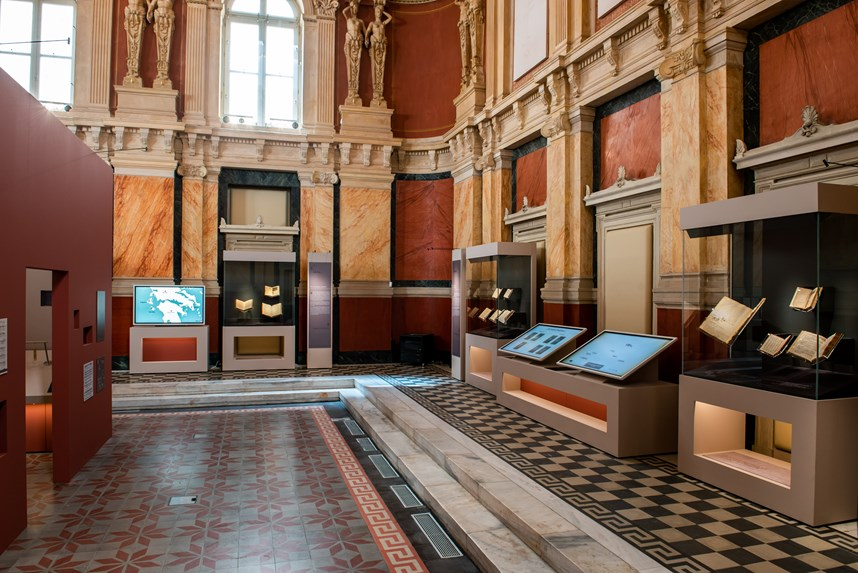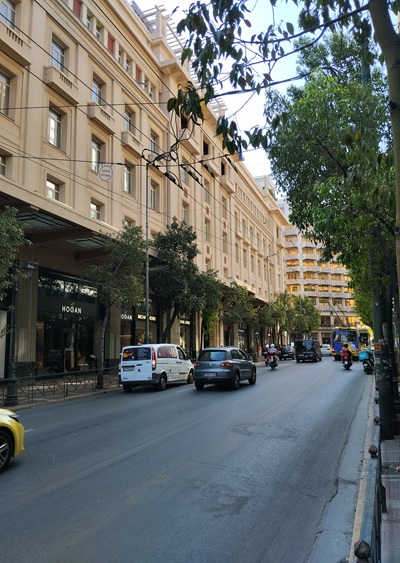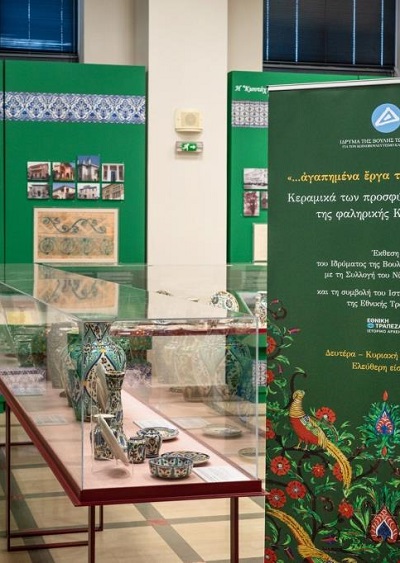
How did the Greeks learn to write after the fall of the Byzantine Empire? How was not only the language but also Greek education preserved during the four centuries of Ottoman rule? What do we know about the thousands of anonymous priests and teachers and their students who learned the “colybograms”? I wonder what the “lessons” are? In which regions did great spiritual centres flourish where great figures of education were active? And how, finally, did education nurture the idea of the struggle for freedom?
Selected exhibits and contemporary interactive applications will attempt to provide answers to this essential but little-known aspect of Greek education before the 1821 Revolution. The exhibition “How Greeks learned to write from the Fall of Constantinople to the Revolution (1453-1821)” invites us to learn to read by spelling out well-known prayers; to flip through school textbooks and decipher the unknown “μαθηamataria”; to discover unknown aspects of student life; to explore the map of the schools of Hellenism; to do physics experiments; and finally, to write our own name like the students of the time.
The Cultural Foundation of the National Bank of Greece opens for the first time the treasures of its Historical Palaeographical Archive, presented alongside rare books from the most important libraries of Greece.
At the same time, visitors will have the opportunity to discover an emblematic building of Athens, which will host the exhibition: the historically renovated building of the old Stock Exchange, which Charilaos Trikoupis included in the reconstruction programme of the modern Greek State.
The exhibition completed its journey on 30 June, however, the great response of the public, the lively interest of the press, as well as the numerous requests for a visit from the educational community, led to the decision to repeat the exhibition from 15 September to 15 November 2022.







Leave A Comment